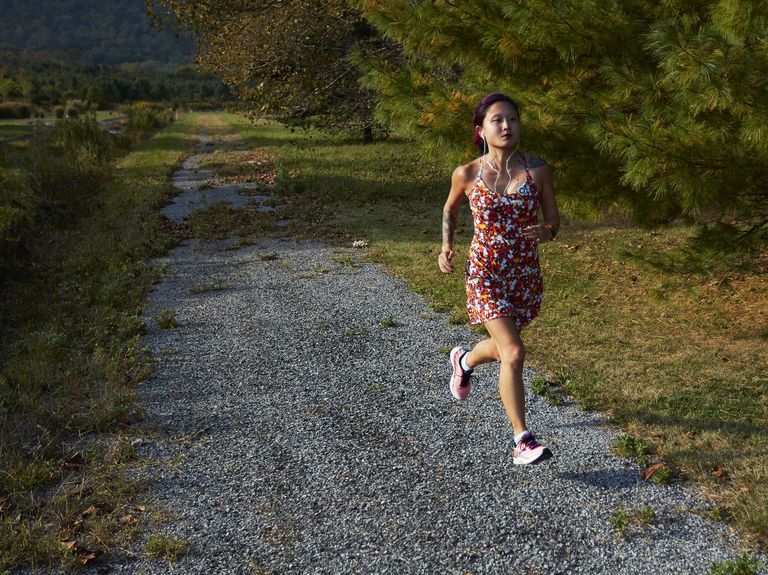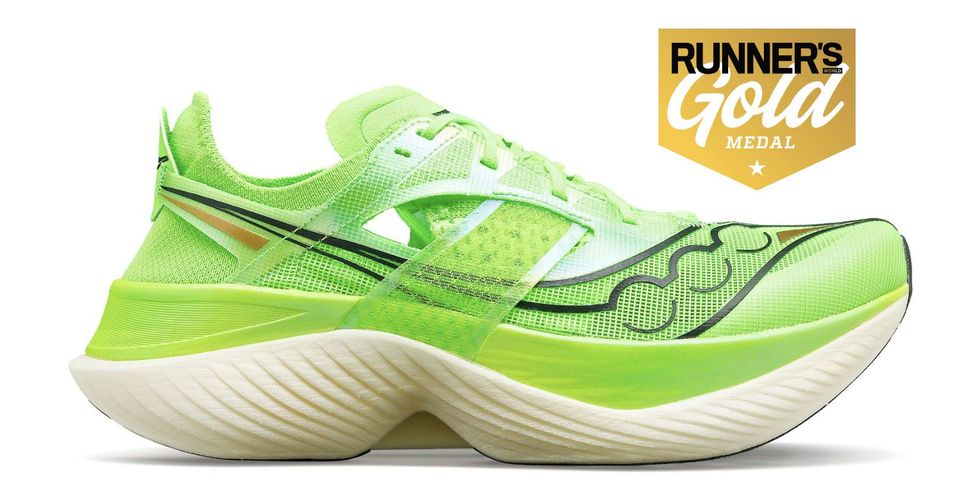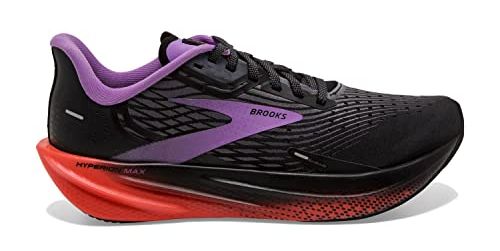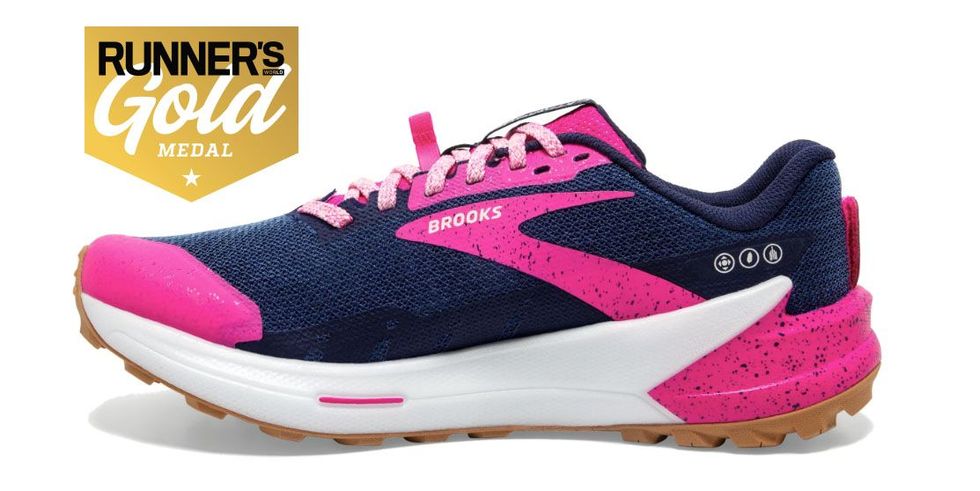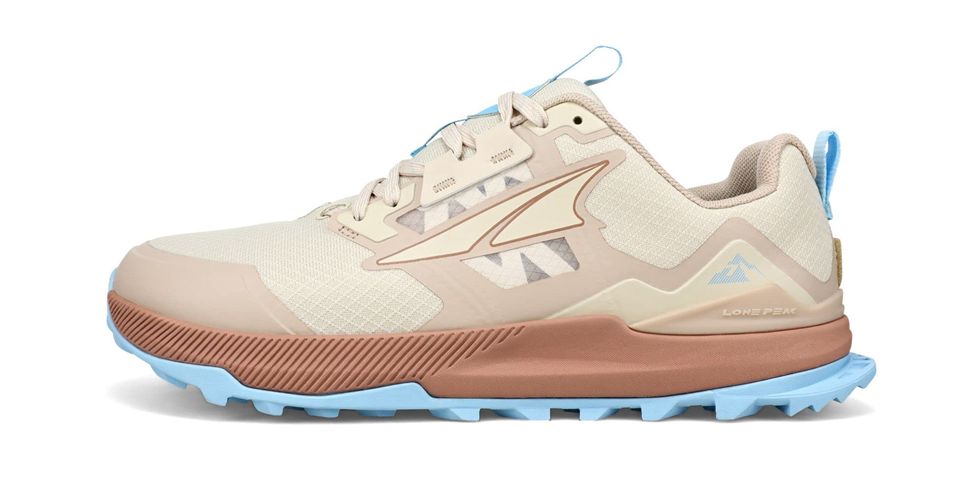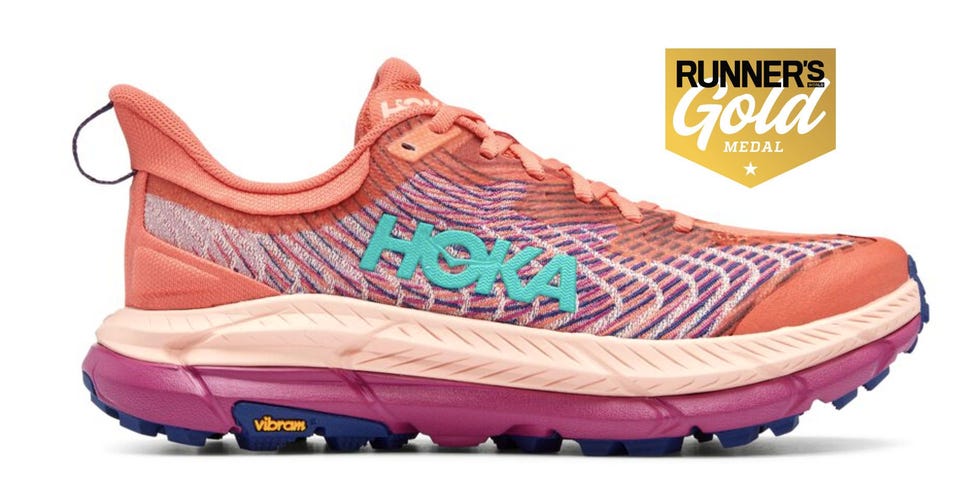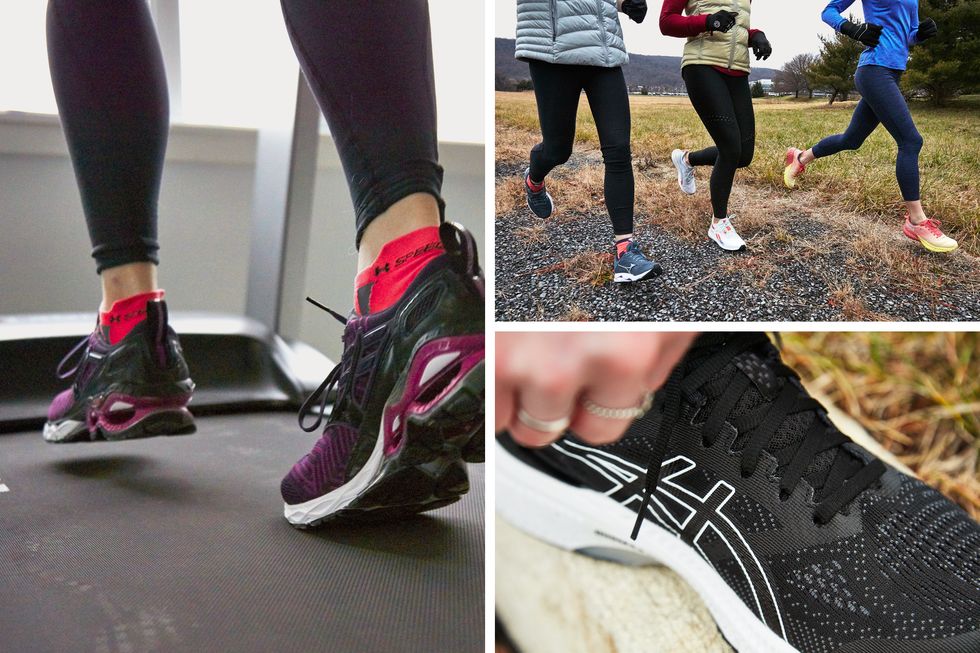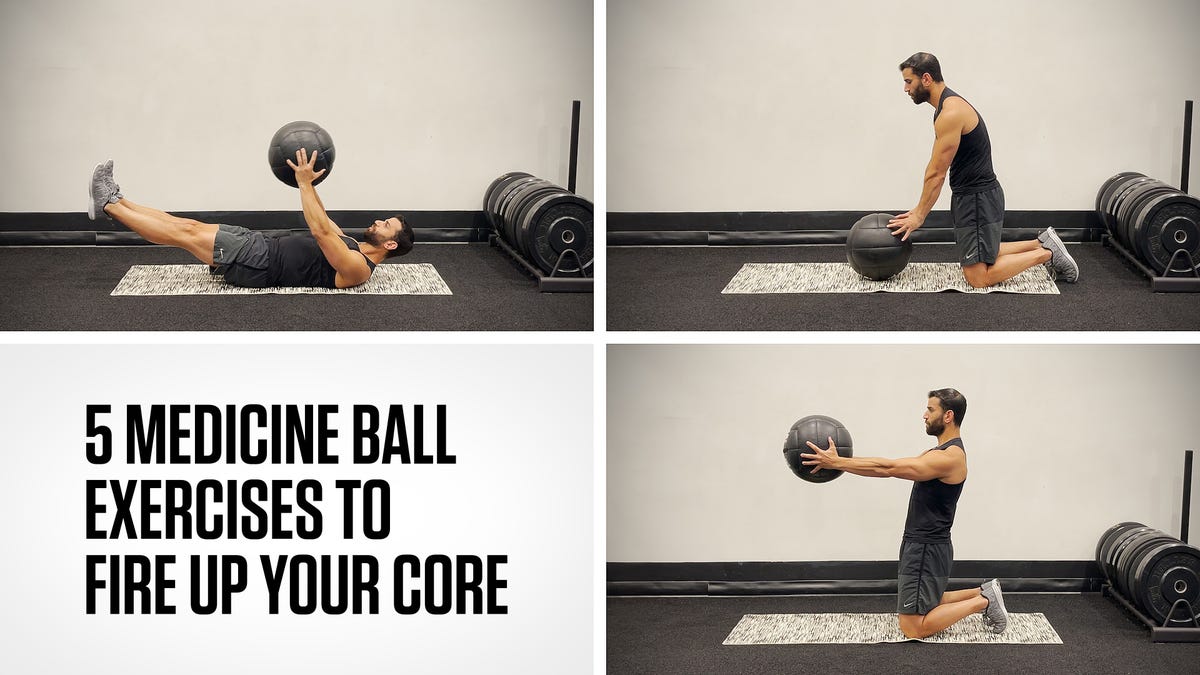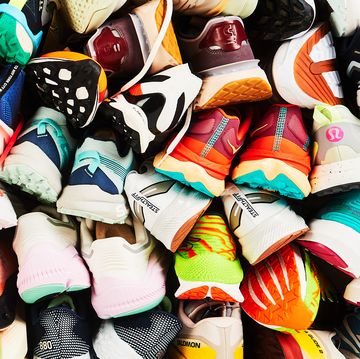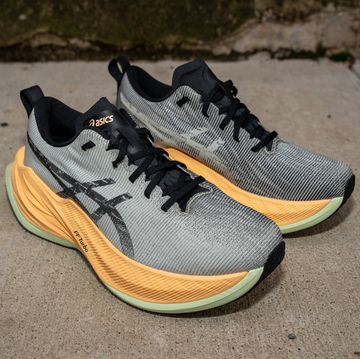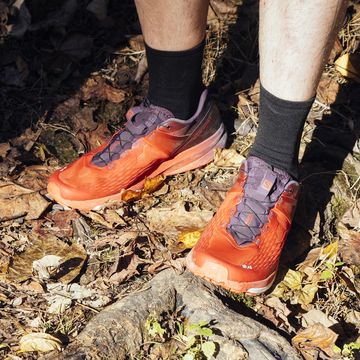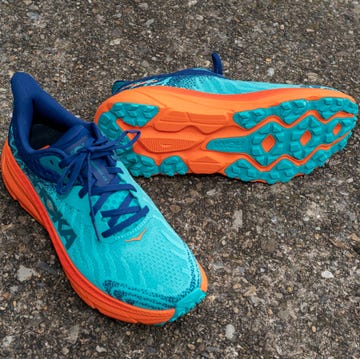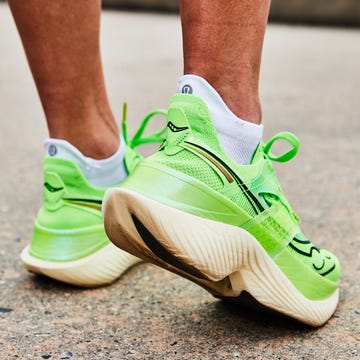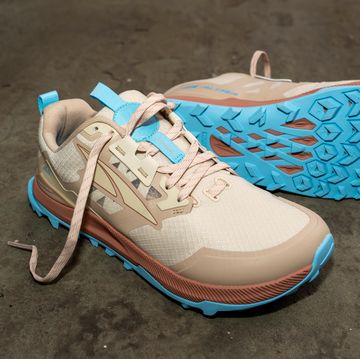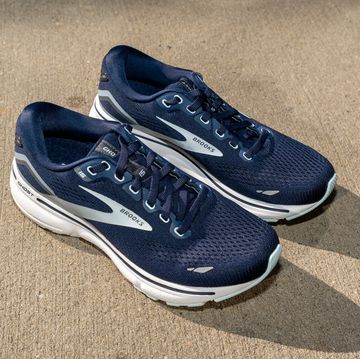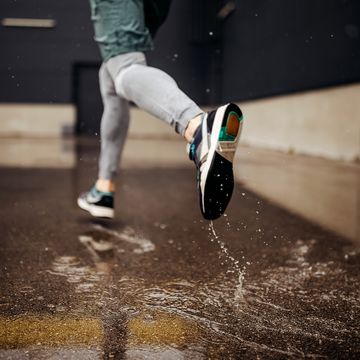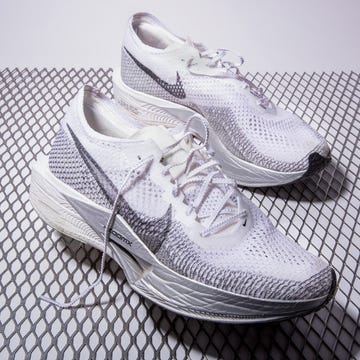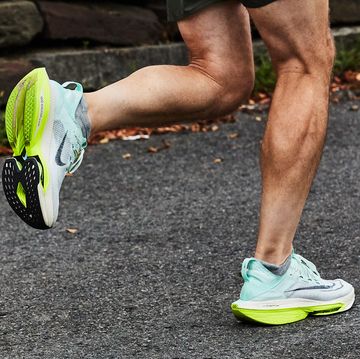Editor’s Note: We reviewed our shoe selections on August 9, 2023 and have added new recommendations from our most recent round of testing. Some pairs are currently on sale as newer versions are expected to be released soon, so we have updated shopping links to retailers that still have these models in stock.
The best running shoes for women share the same class-leading features with the best shoes overall—they’re lightweight, comfortable, cushioned, and just supportive enough where you need it most. But that locus of support is where some of the biggest differences between men’s and women’s running shoes can be found. Check out our picks below, or scroll deeper for more in-depth reviews of the shoes that earned especially high rankings from our female testers. Plus, you’ll also find expert tips and advice for buying your next pair.
The 10 Best Women’s Running Shoes
- Best Daily Trainer: Lululemon Blissfeel 2
- Best Cushioned Trainer: Hoka Clifton 9
- Best for Racing: Saucony Endorphin Elite
- Best Minimalistic Shoe: Topo Athletic Cyclone 2
- Best for Stability: Puma ForeverRun Nitro
- Best Zero-Drop Option: Altra Via Olympus
- Most Lightweight: Brooks Hyperion Max
- Best for Trail Racing: Brooks Catamount 2
- Best All-Terrain Trail Shoe: Altra Lone Peak 7
- Best for Gnarly Trails: Hoka Mafate Speed 4
The Blissfeel 2 is the same weight as its predecessor, yet it feels slightly heavier and firmer, even though the stack height and foam are unchanged from the original model. Running in the 2 felt like running in Adidas’s Ultraboost. It’s thickset, but there’s plenty of pop to the 2’s ride. The toe room and cushioning felt like a reprieve after testing narrower, less-supportive trainers.
The Clifton 9 weighs 0.14 ounce less than the previous version. That’s the weight of a nickel or four raisins. Not much unless you’re a runner who wants the best of both worlds: a lightweight daily trainer that’s also abundantly plush. The Clifton 9 also performs a magic trick by shedding weight while increasing its stack height by 3mm (the shoe still has the same heel-toe offset as the Clifton 8). This is made possible with new compression-molded EVA foam in the midsole and a stripped-down jacquard knit mesh upper that’s free of overlays. Also not sacrificed: surrounding comfort. The shoe has a more structured heel collar and thicker tongue. For weight savings, the tongue is gusseted on only the medial side.
In your quiver of trainers, the Elite is the pair you pull out with intention. How many miles you pile on your shoes is dependent on you as a runner, but we’ve found, after almost 1,000 miles of wear-testing by nearly a dozen runners, the Elite is best reserved for race day. Like Saucony’s other racing models, the Endorphin Pro+ and Endorphin Pro 3, the Elite’s propulsive ride demands that you run faster. Easy 4-milers transform into marathon-paced long runs
If you ran in the original Cyclone, forget everything you knew about the shoe and consider this its debut. The second iteration fits, feels, and rides nothing like the first version.
The Topo Athletic Cyclone 2 is what the first Cyclone wanted to be. Like a specter, the Cyclone’s true potential as a hard tempo shoe was always there. But really, Topo’s marathon shoe, actually called Specter, served as a guidepost for the Cyclone 2. Most noticeable is the new Pebax midsole (the same foam used in the Specter), which replaced the Cyclone’s EVA-based Zipfoam core.
The Nitro foam in the ForeverRun is surrounded by a firmer rim of foam, resulting in a dual-density midsole that feels softer and provides more responsiveness and stability. The second key ingredient that promotes support is the sockliner, which was engineered by Kaiser Sport & Ortopædi, a Denmark-based clinic and retailer that specializes in running and walking. The high-cushioned sockliner has a molded heel cup and metatarsal pad. High praise was given to the shoe’s flexibility, light weight, and stability.
“This shoe was snug in the arch and allowed me to feel safe and secure with each step,” said another tester. “Around curves on gravel, I remember thinking how the shoe handled it so well and how supportive it felt.”
The Via Olympus provides an über-cushioned ride with a generous platform of foam for long-distance running—very long-distance running. It has an Ego Max midsole, which is an EVA-based compression-molded foam. It’s the most accessible zero-drop trainer due to its slightly curved sole to promote a rocker motion, and its foot shape is wider and more accommodating. The molded heel collar and pillowy tongue amplify the comfort factor.
The first Brooks Hyperion Elite had DNA Zero foam, which was later replaced with the Hyperion Tempo’s DNA Flash for a softer, bouncier ride. The Hyperion Max is the Tempo’s more cushioned, yet tenths-of-an-ounce-lighter, sibling. While their stretch woven uppers are the same, their rides are anything but. Brooks jacked up the Max’s midsole with four extra millimeters of nitrogen-infused DNA Flash for a springier but plusher ride. Inside word is this same foam will be in future Brooks Ghost and Glycerin models.
The original Catamount, Brooks’s first trail shoe with a DNA Flash midsole, was one-part super shoe with its responsive, high-energy return platform. Now Brooks has added a second ingredient: the SkyVault plate. The SkyVault is specially made for providing enhanced proficiency on the uphill and a smooth and stable ride on the descent, making it primed for rolling trails. The plate is curved in the forefoot to help propel you quicker off your toes on the ascents. It also doubles as a rock shield.
This is the fourth consecutive year we’ve put a Spring Shoe Award in the Lone Peak’s trophy case. It’s simply because few shoes can do what the Altra Lone Peak 7 can. The outsole is tacky. The stone guard is strong and durable. The toebox is spacious and wide to let your toes wiggle and splay. And the toothy lugs are aggressive to claw through dirt and mud. Plus, since it’s an Altra, it all goes down on a zero-drop platform.
The Speedgoat might be more popular, but we’re going to claim the overhauled Mafate Speed is Hoka’s best trail running shoe right now—especially if your trails require comfort and versatility. We found this out firsthand by using the shoe to race up and down Whiteface Mountain.
There have been a number of big changes to this model that make it more runnable and comfortable than before, including a new two-layer foam setup. The Profly+ midsole puts a lightweight, bouncy foam closest to your foot, which boosts comfort and makes the shoe feel alive when you’re running along hard-packed ground. The bottom layer is durable and firm enough to crush over sizable rocks and protect the bottom of your foot.
Foot Shape
Women’s feet aren’t just smaller, narrower versions of men’s feet—there are differences in overall shape that affect shoe fit. Women’s feet tend to be comparatively wider in the forefoot, with a narrower heel. Running shoe makers consider this statistical difference when designing their shoes for women. For example, a brand may build the same model of a shoe with a different heel shape and sometimes different heel materials between its men’s and women’s version.
The Hip Factor
Researchers have also found that because women tend to have wider hips than men, their feet are more likely to strike the ground toward the outside of their shoe soles. The inward rolling of the foot that results from this is known as pronation, which explains why more women are believed to overpronate than men. Some women’s running shoes account for this increased tendency with different materials used for support through the sole.
How We Tested
We selected all the women’s running shoes in this roundup based on feedback from the women on our 250-runner-strong wear-test team, the expertise of our test editors, and the mechanical data collected in our RW Shoe Lab. Every shoe was evaluated over the course of at least 100 miles, with attention given to overall performance, comfort, ride, longevity, and value. Based on our extensive testing, the options below are currently the best running shoes for women.
Amanda is a test editor at Runner’s World who has run the Boston Marathon every year since 2013; she's a former professional baker with a master’s in gastronomy and she carb-loads on snickerdoodles.
Jeff is Runner-in-Chief for Runner's World, guiding the brand's shoes and gear coverage. A true shoe dog, he's spent more than a decade testing and reviewing shoes. In 2017, he ran in 285 different pairs of shoes, including a streak of 257 days wearing a different model.
